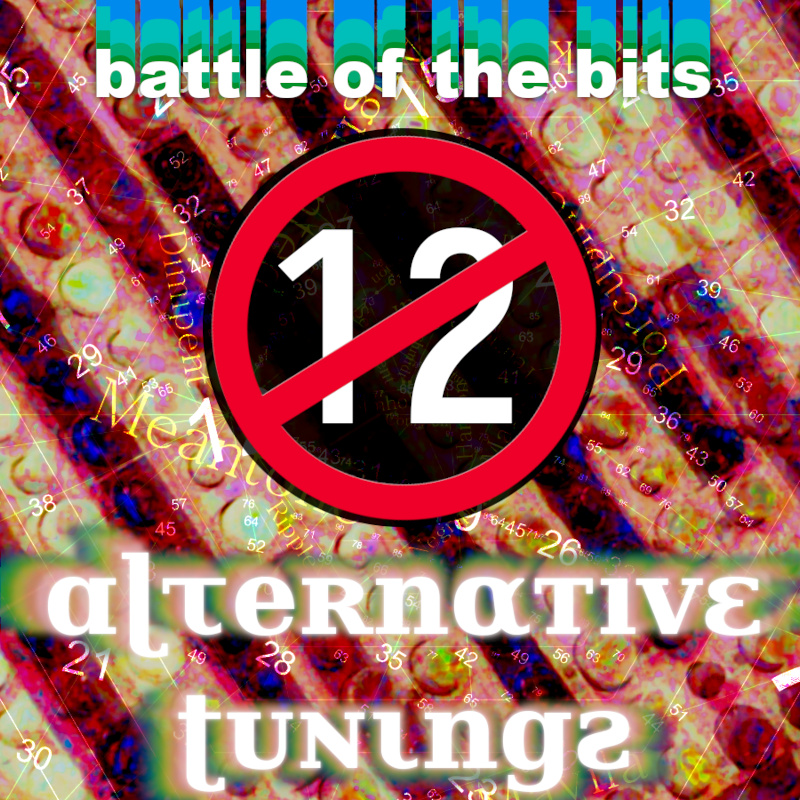220806
Great sound from the atari chip, love the kicks.

Well, here's something interesting. Furnace has Atari 2600. I would've maybe put this in summer chip but I'm not sure how to render it to the proper file format so here's an mp3 for Alternative Tunings instead.
As for what tuning this uses? I don't know what you'd call it but it's whatever wonky notes Atari 2600 hits. I don't know if it qualifies here or not but it's certainly not standard that's for sure.
It's a short track but I hope you enjoy it for what it is. It's my first time ever trying this chip so take that for what you will.
Thanks for listening in advance!
-Jredd



